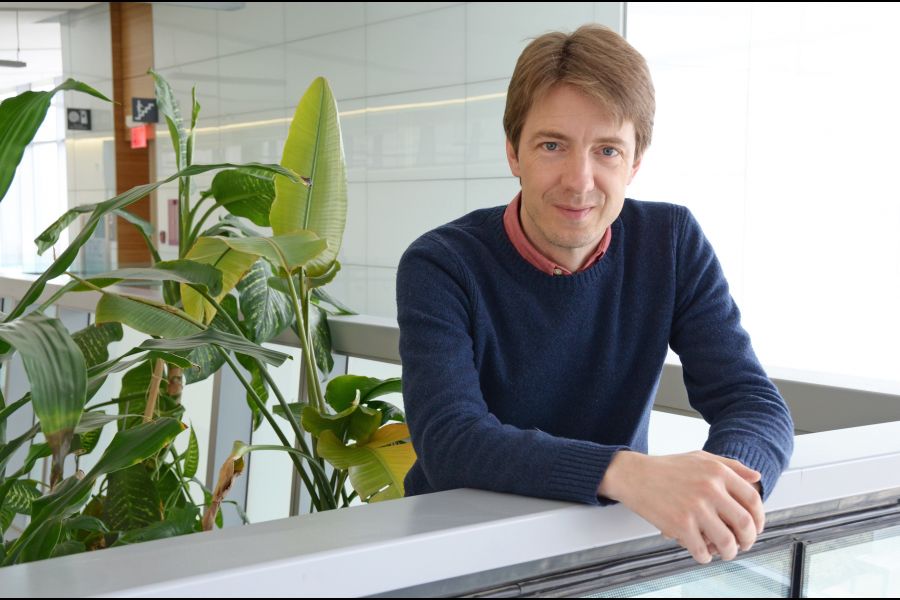What shapes the basic features of a language?
Brock University developmental psychologist Jan Frijters is part of an international, multi-disciplinary research team that found people whose mother tongue contains many consonants also carry a specific gene variation that helps them to distinguish a wide range of sounds.
The team, led by Jeffrey Gruen at Yale University, examined DCDC2, a gene strongly associated with the brain’s capacity to process phonemes. A phoneme is a basic unit of sound that makes up words in a language, such as ‘p’ and ‘b’ in pit and bit. The number of phonemes varies from 20 to 60 per language.
The researchers examined the phonemes of languages spoken by 43 populations on five continents to see the extent to which genes play a role in subtle language differences.
They concentrated on a component of the DCDC2 gene called READ1, which has been consistently linked to dyslexia. The researchers studied how READ1 mutated over a four million-year period in nonhuman primates, Neanderthals, Denisovans and modern humans, and found that a variation of READ1 called RU1-1 was associated with variations in the number of consonants in a language.
There are more than 7,000 languages spoken globally, which are thought to have been shaped by migration, conquests and geographic isolation of populations, the researchers say.
However, this new study suggests that genetic factors also play a role in changes in language.
In determining this genetic connection, Frijters says the group — consisting of geneticists, a statistician, linguists, a pediatrician and a developmental psychologist — looked at three major characteristics of languages: tone, vowels and consonants.
“Think of a brain that has a lower capacity to discriminate specific types of sounds,” says Frijters, an associate professor of Child and Youth Studies.
“You need a language that has a small number of very distinct sounds or a low number of consonants.”
In contrast, “a brain that can distinguish lots and lots of these types of sounds can handle a language that has very fine-grained distinctions between the consonants,” he says.
“Of course, the amount of information that needs to be transmitted by every language is constant, because we are all human, so languages that have fewer consonants pick up the information load in other ways.”
Some languages — especially those in Asian and African countries — are highly tonal, using many pitches and inflections. In Mandarin Chinese, for instance, the word ‘ma’ has several different meanings depending on the tone used to say the word.
Languages also differ with the number of vowels, with high numbers in Estonian, Finnish and Danish.
But the team found that only consonants are associated with genetic variations, specifically the RU1-1 allele group of READ1, says the study.
“The brain uses distinct strategies to process and encode vowels and consonants, which are modified by dyslexia genes. Genetic variations of these genes, along with other cultural and linguistic processes, may account for differences in consonant use between populations,” the researchers conclude.
Yale University’s Mellissa Demille is first author on the paper, “Worldwide distribution of the DCDC2 READ1 regulatory element and its relationship with phoneme variation across languages,” which was published April 16 in the journal PNAS.










